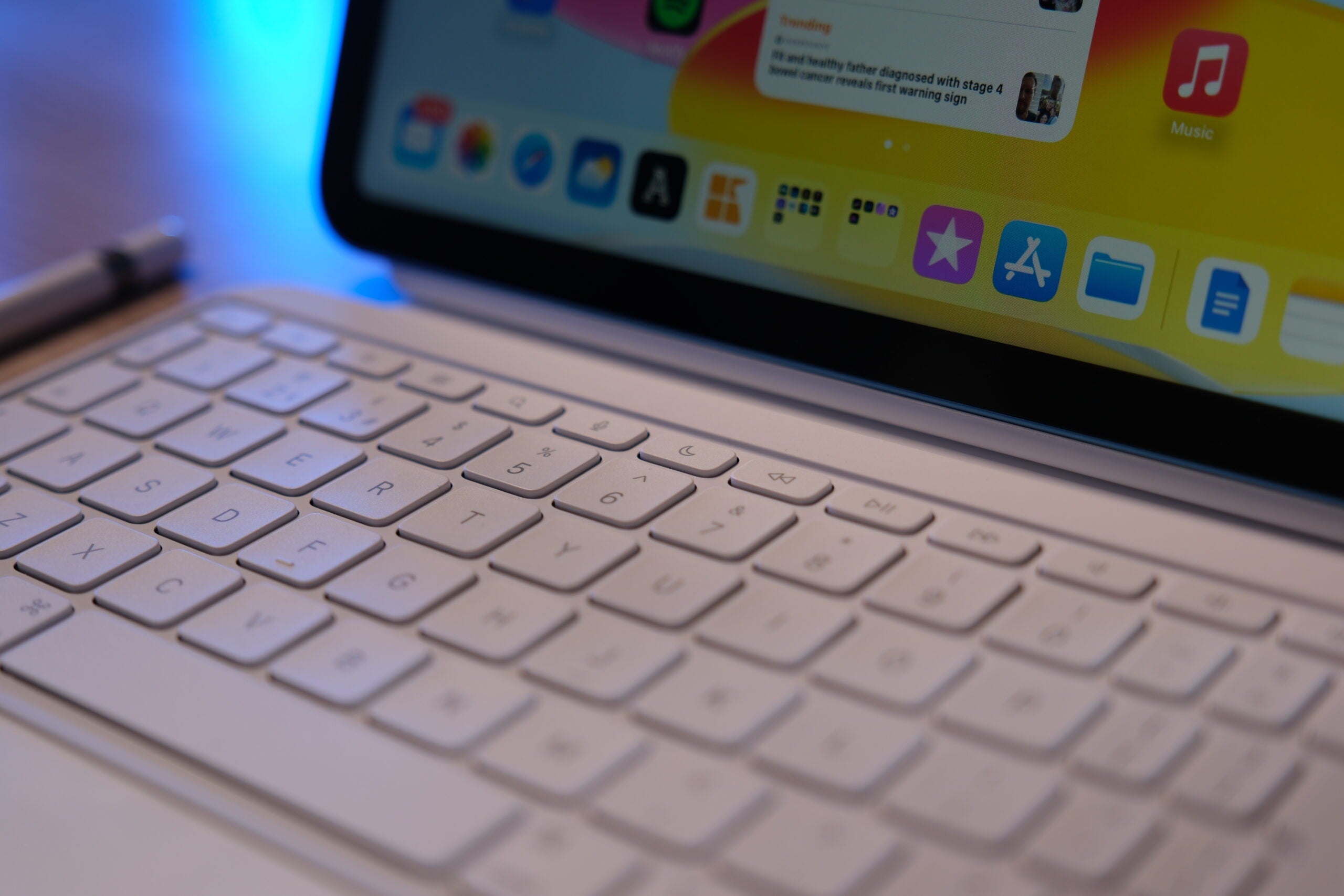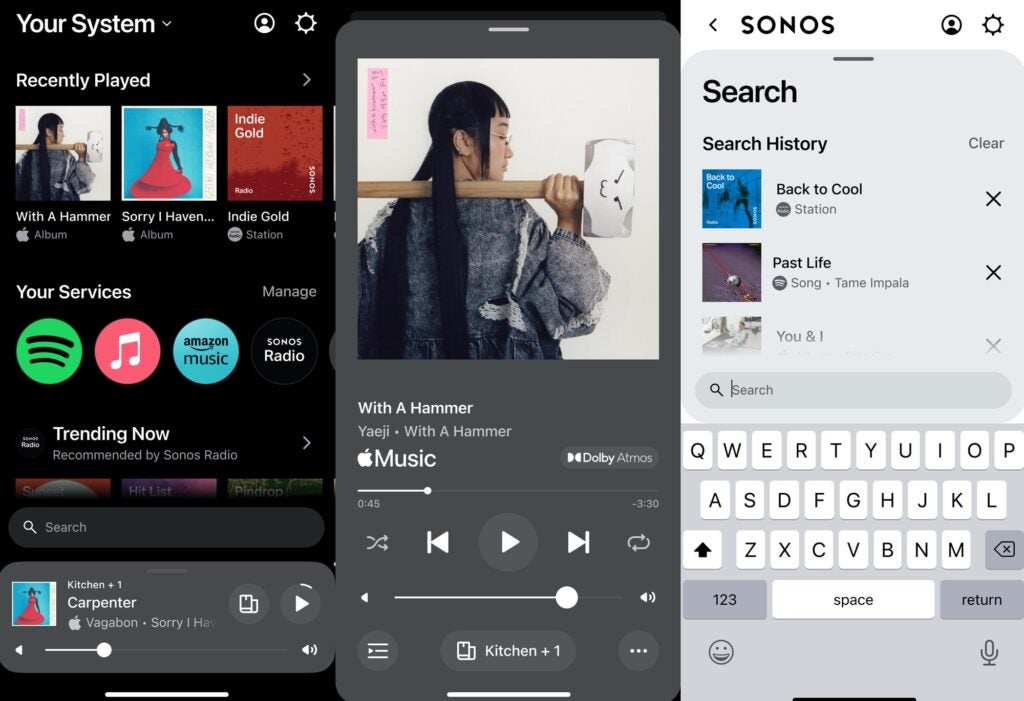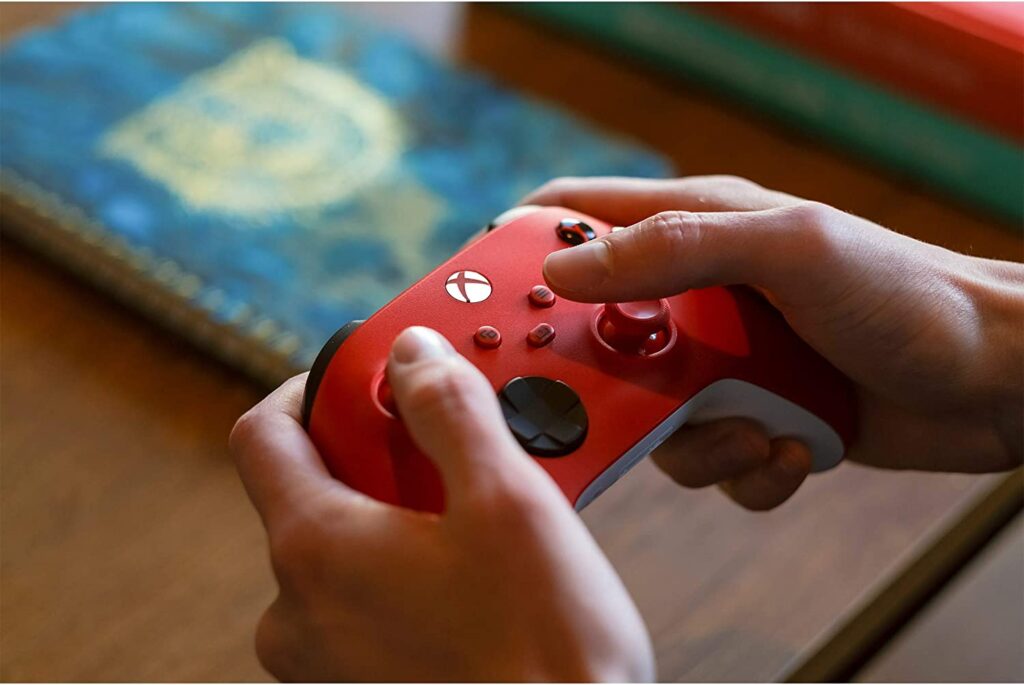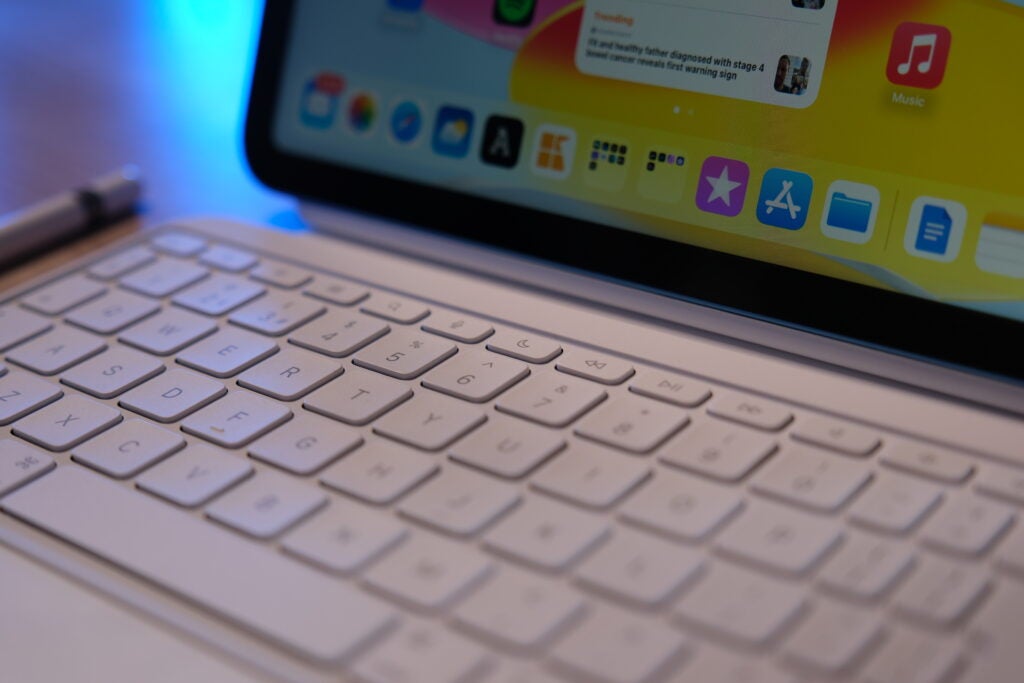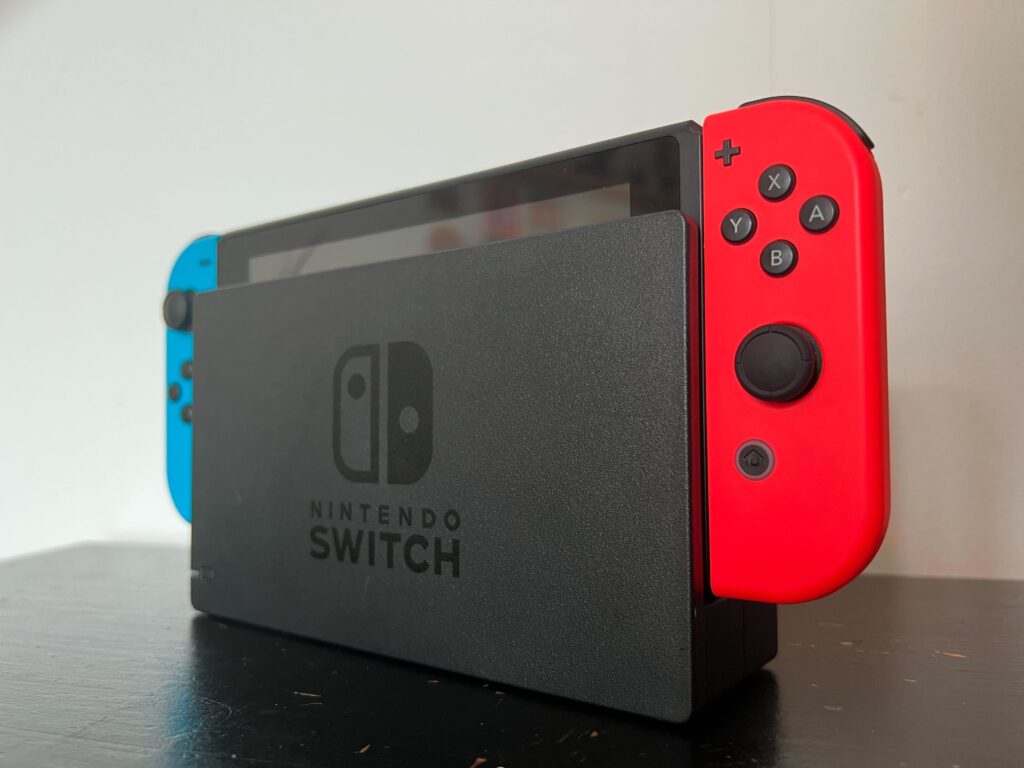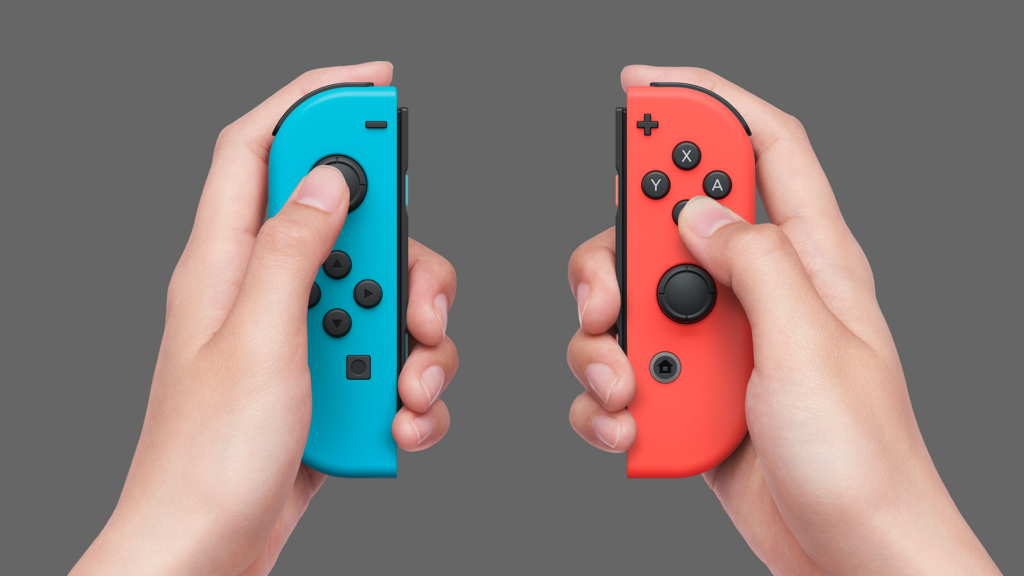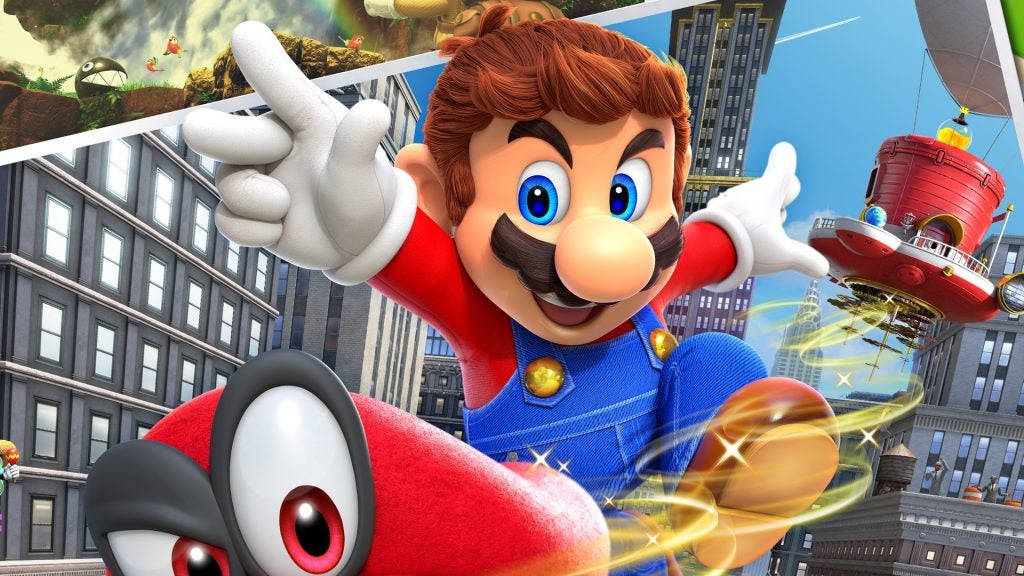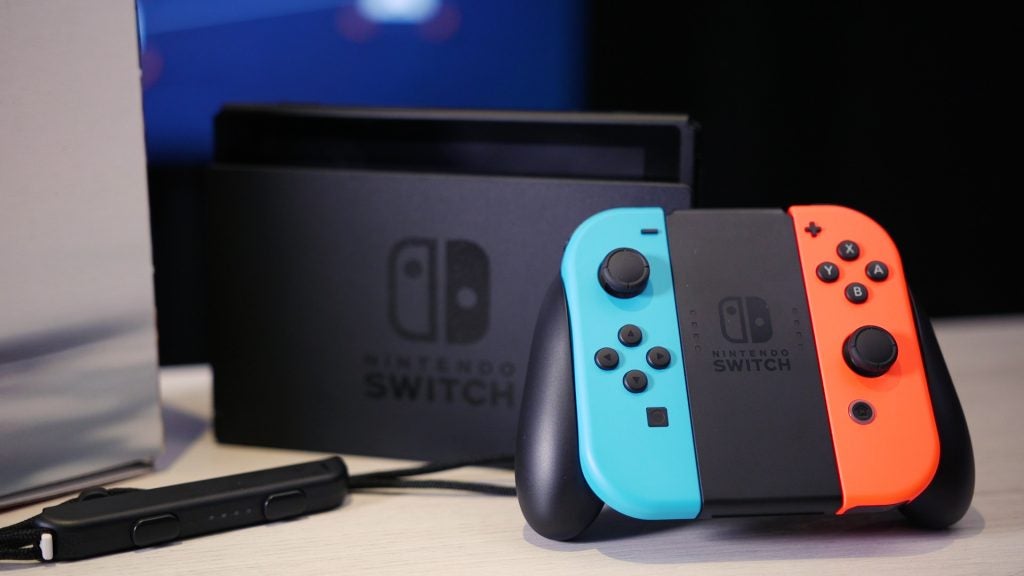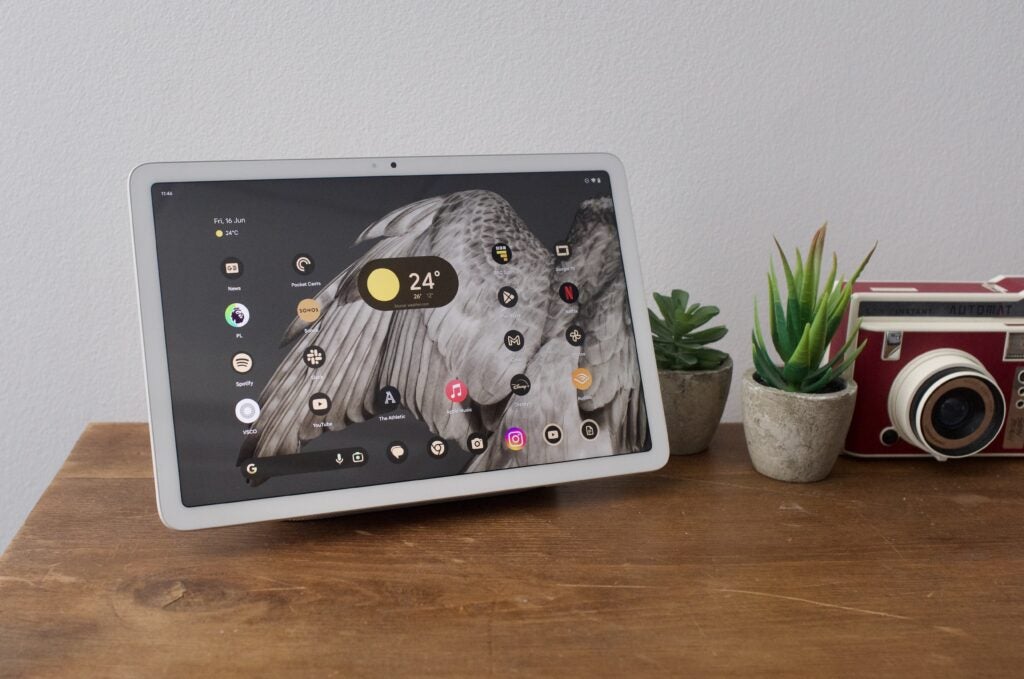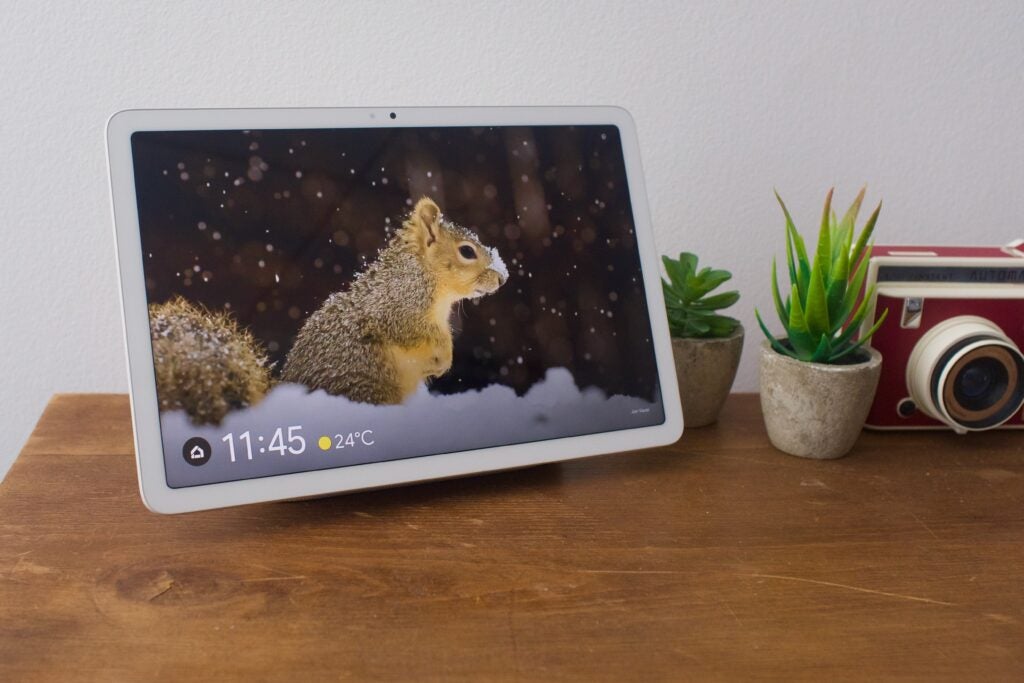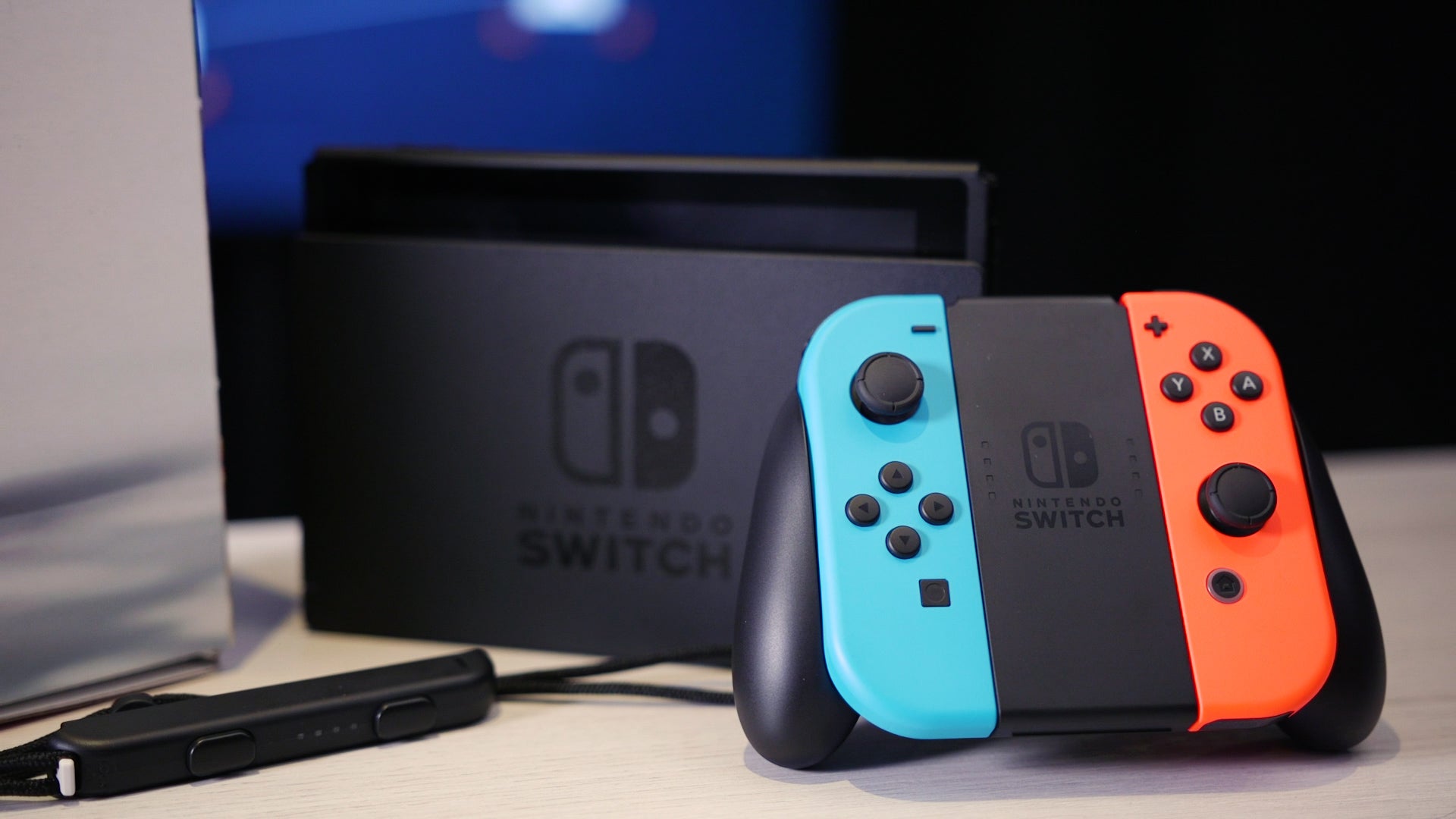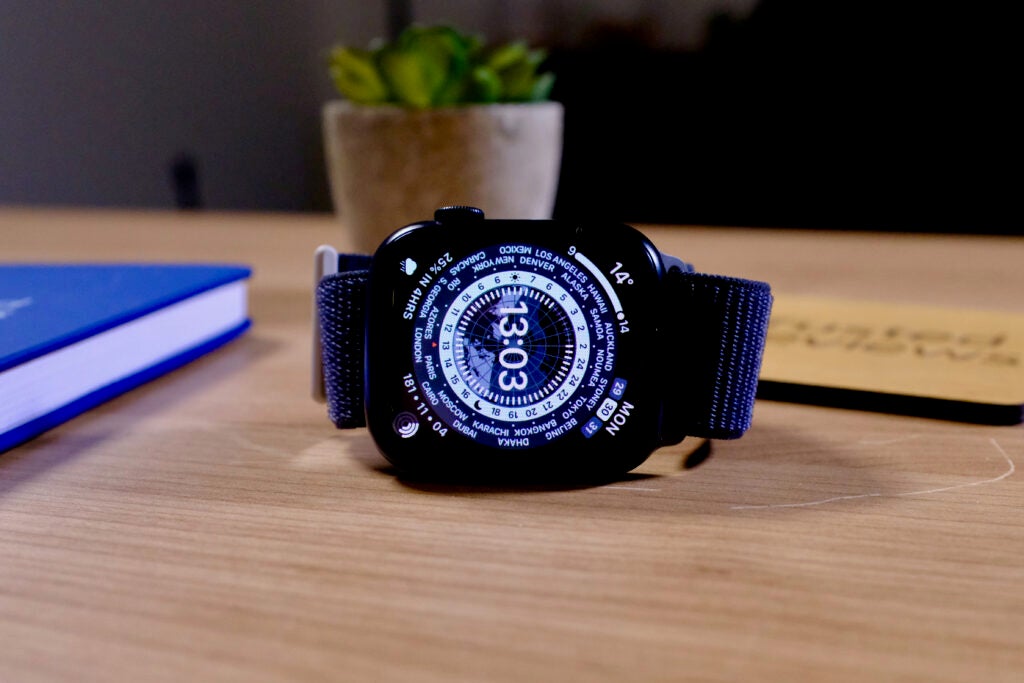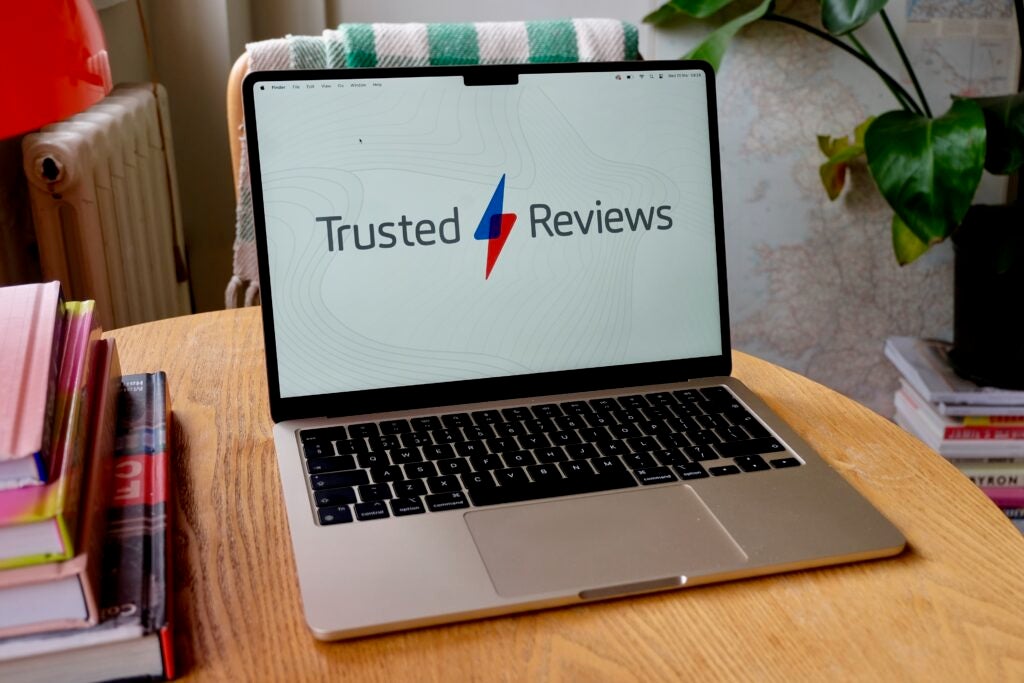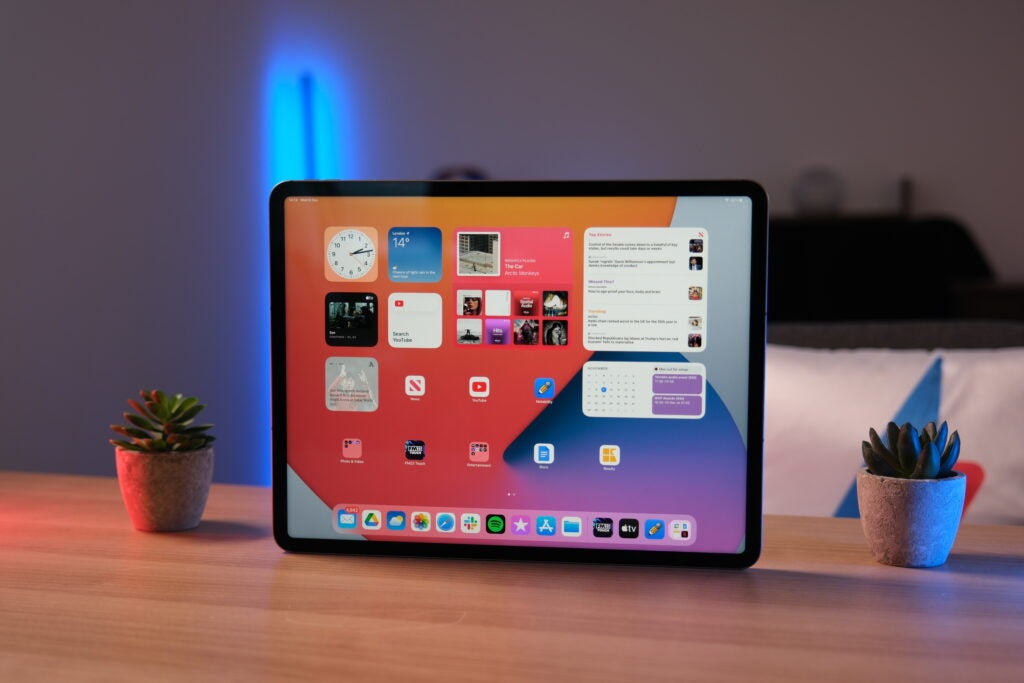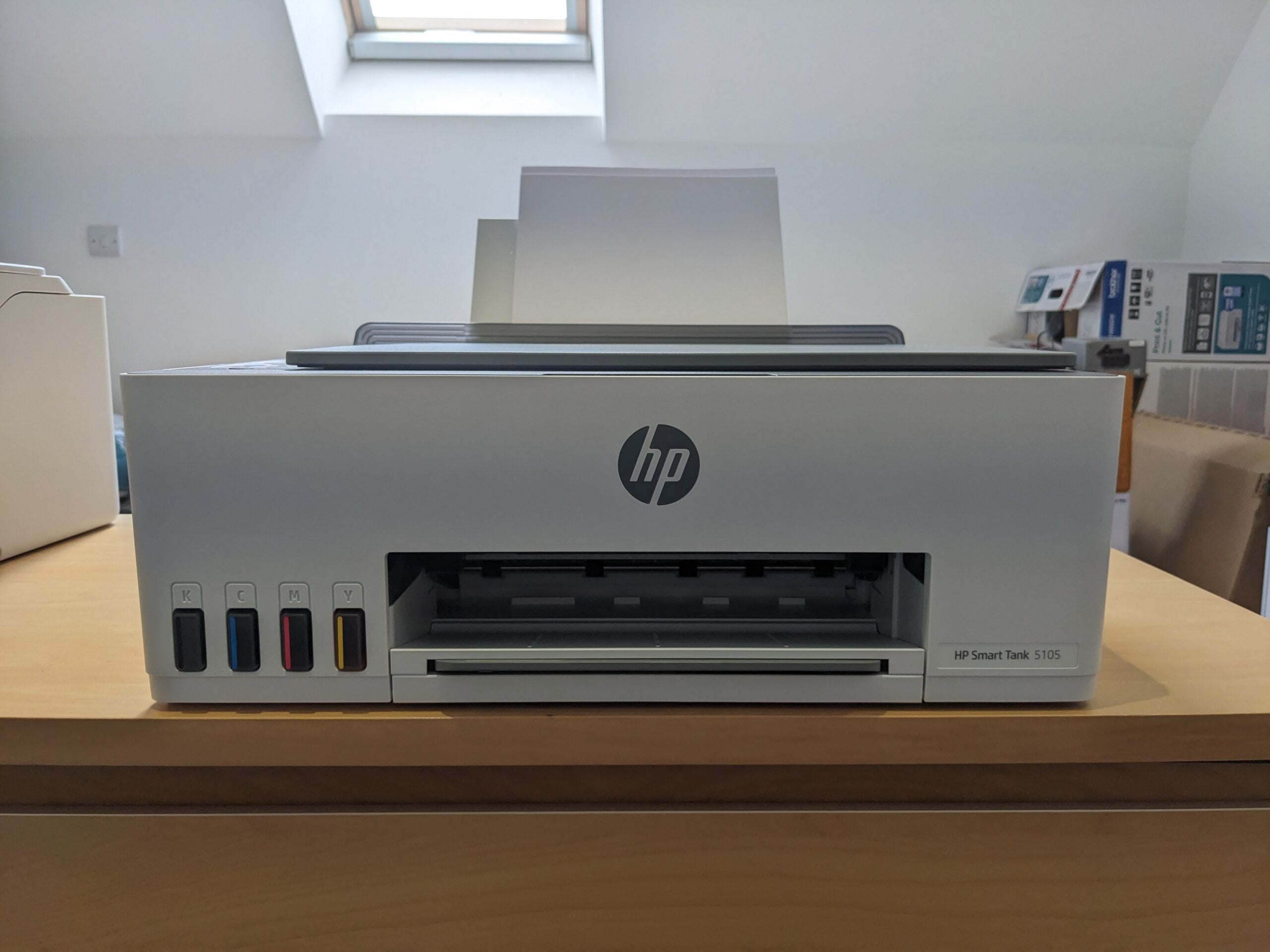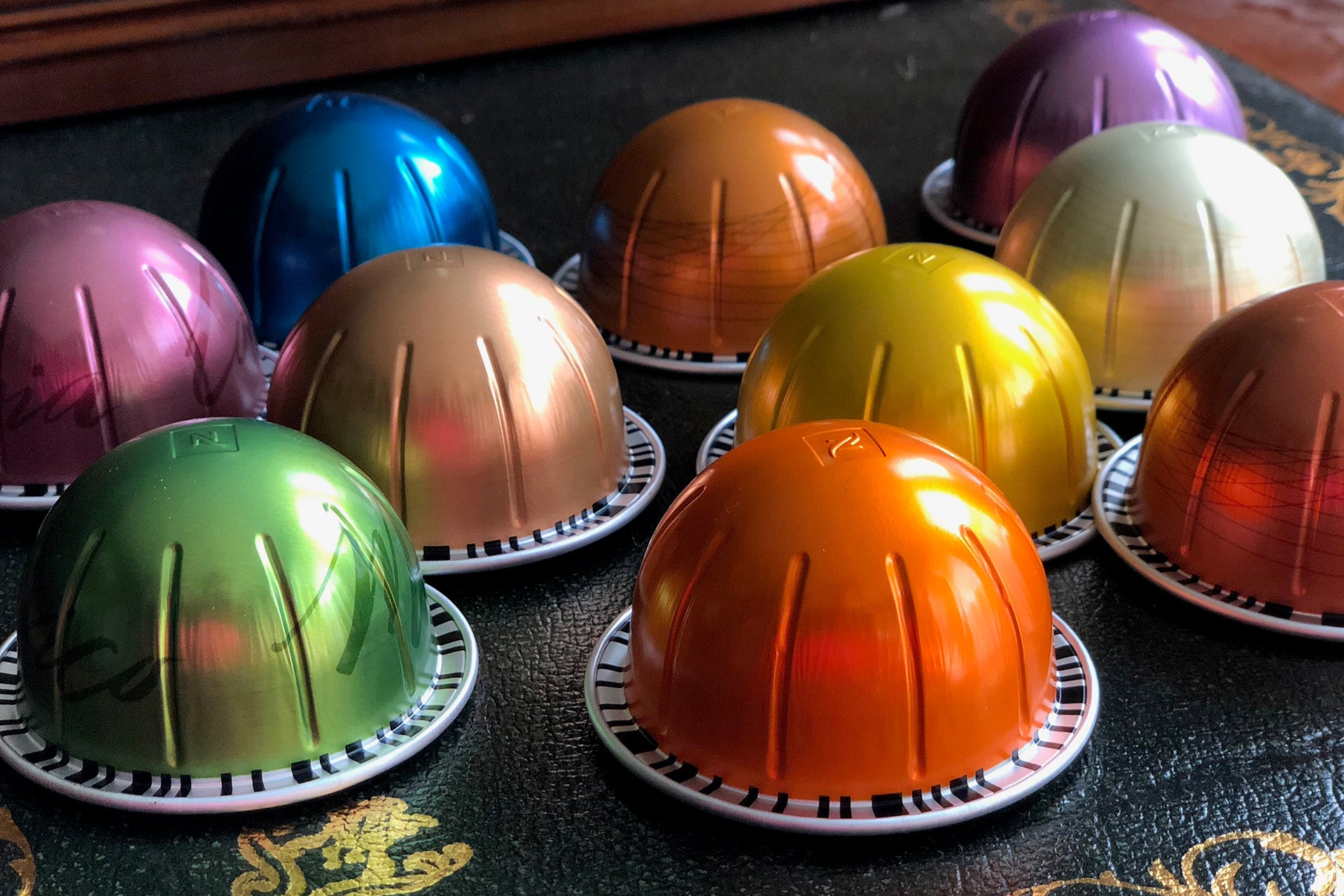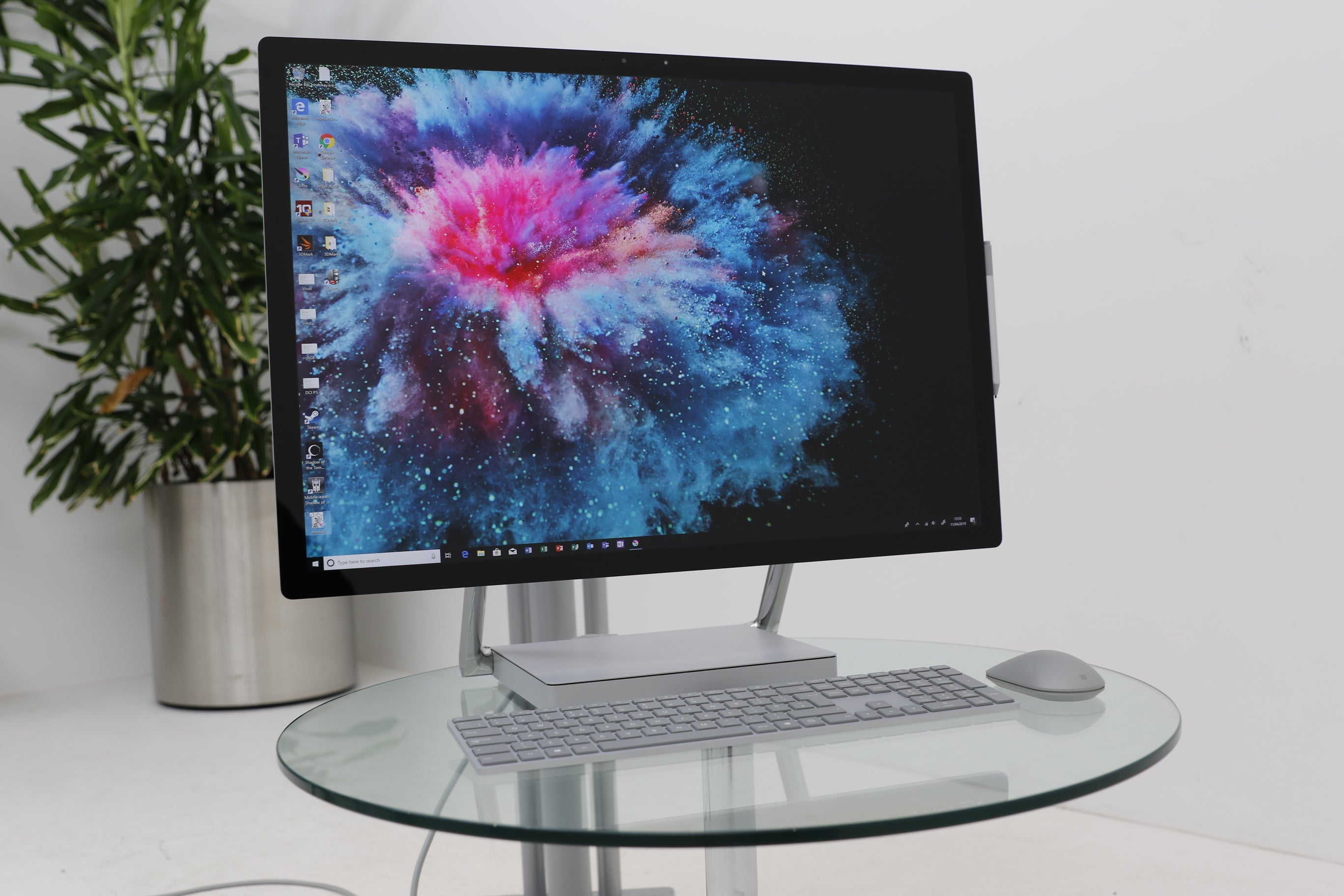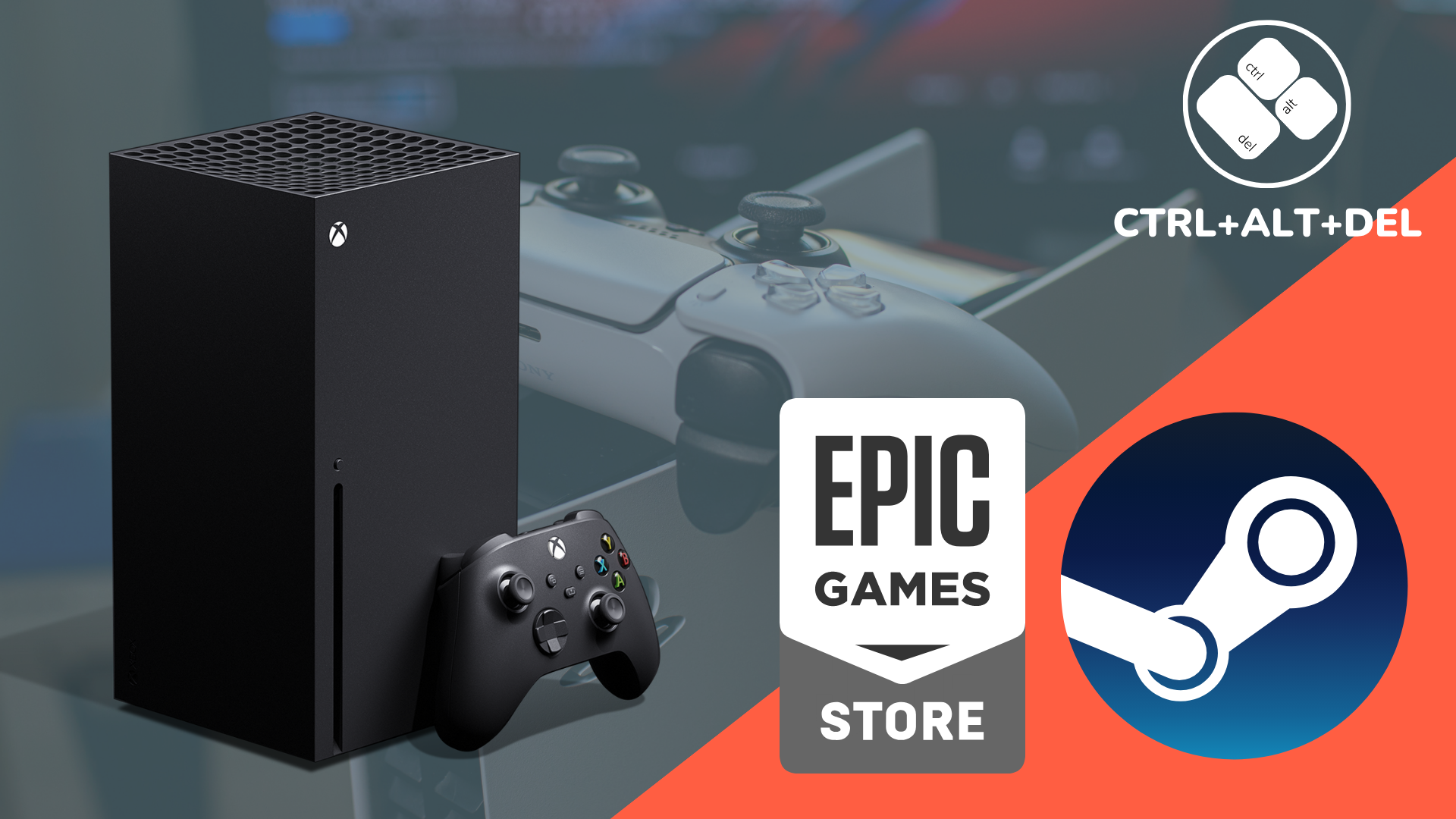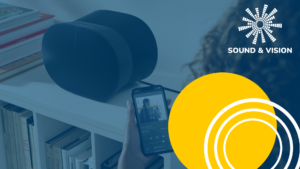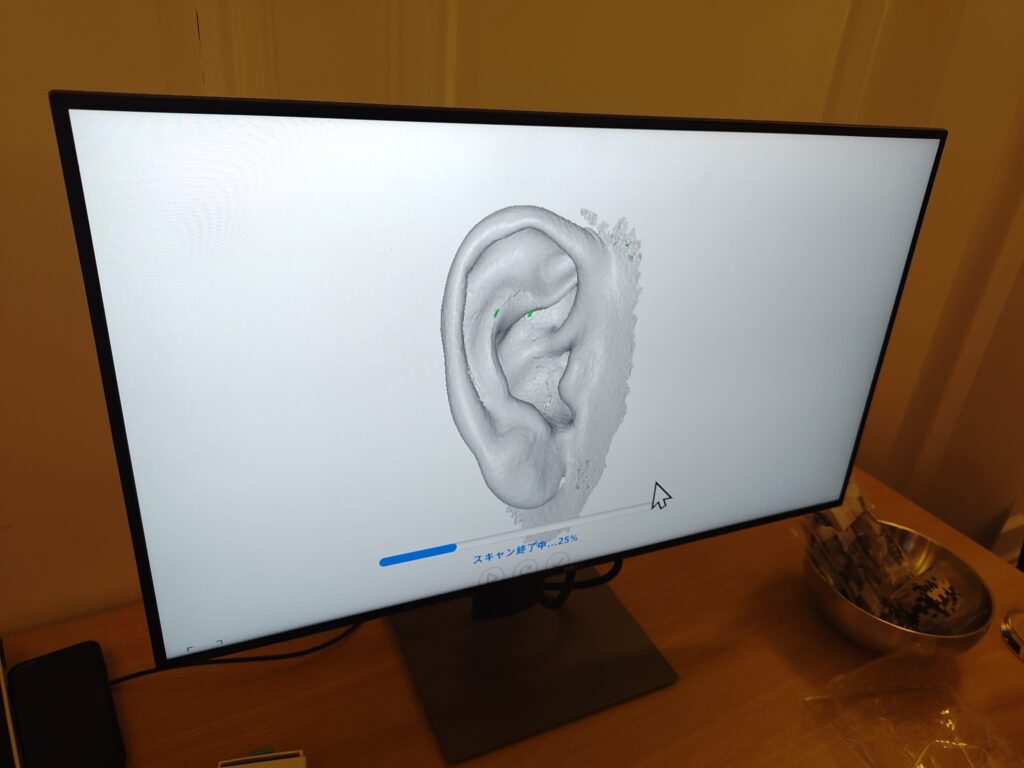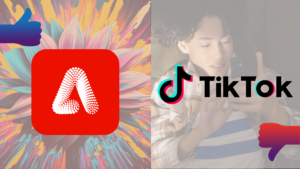Google finally showed me a vision for AI I’m comfortable with

OPINION: Google I/O was almost entirely focused on its Gemini AI model’s takeover of its most important products. It may not have been the most exciting showcase of AI’s potential, but it’s the first to leave me feeling enthusiastic rather than icky and scared.
I’ve seen generative AI as a personal and existential threat ever since it emerged as this decade’s most disruptive tech trend. I’ve been incredibly sceptical about its ability to be a net benefit for humanity now and in the future.
As tech journalists we’ve seen Microsoft et al pitch a future where no-one clicks our websites because search has neatly summarised our collective words into an aggregated paragraph, complete with a link to the shopping page for the product we’ve spent weeks testing.
Save £146.20 on the Pixel 8a
The Pixel 8a has received an epic discount on launch day, shaving £146.20 off the price.
- Voxi
- Save £146.20
- Now £352.80
I’ll often be reminded that ChatGPT can do what I do as a copywriter, but in seconds. Ask a graphic designer who creates logos for people’s businesses. They’ll tell you the same.
Reporting on that stuff in real time has felt like writing my own career obituary. And people wonder why I became a yoga teacher as a side hustle!
However, during Google I/O on May 14, I began to see a side of AI that could aid my personal and professional life, rather than hinder it. It’s one that could help me be more productive and achieve complex tasks in double quick time. And no-one else’s livelihood needs to suffer.
All benefits, no thievery
Take the series of Google Gemini tools coming to Android 15, Google Photos and Google Search, for example. I was particularly impressed with the new Google Lens tool that enables a video of a tech issue to be uploaded along with a voice query relating to the problem.
Gemini could identify the model, analyse the nature of the issue, and spit out a load of text that might help you with troubleshooting the problem. This potentially eliminates a dozen web other searches and ensures people don’t have to spend ages looking for the technical term, like the tone arm in this image below.

The ability to make a deeply personal vegan meal plan for the week (and easily adjust it) could save me a couple of hours on a Sunday morning while I’m watching the football and – due to the complex potential within search – save me some money too.
The Gemini Overlay in Android 15 will leverage the multimodal elements of the generative AI model to “Ask This Video” within YouTube as a shortcut to the information or the portion of the video required.

Again, much of this comes with the caveat that Google eventually finds a way to compensate the people who wrote those troubleshooting guides, recipes, and created the videos to gave Gemini the knowledge in the first place.
The tools within Workspace apps like Gmail and Docs look ever so useful in terms of harnessing the information that can otherwise take ages to find.
Instead of scouring your Gmail inbox, you can ask Gemini very specific questions about the content. I can bring up my most recent invoices, find my upcoming deadlines, summarise a lengthy brief. It’s much more powerful than the Google Assistant ever was and it’ll help me make my living without screwing anyone out of theirs.
From distorting to enhancing reality
I’ve been wary of some of Google’s AI photography tools in recent years. Things like Magic Eraser and Magic Editor don’t sit well with me because their entire purpose is to completely distort reality. In my view, these images cease to be a photograph and become just an embellishment of a former reality.
However, the new Ask Photos tool is a joy because it harnesses content you’ve already organically created and makes it more meaningful and more useful thanks to proactive prompts.
Hell yeah, create me a lovely little album of all the best places my wife and I have been in 15 years together. Show me one photo of my dog per week we’ve had him.
How many times are you endlessly scrolling through your photo library looking for a singular picture or piece of information? Ask Photos can eradicate this.

This is a vision for generative AI I’m far more comfortable with. It’s not quite as mindblowing and future-altering, but it’s something that can shave minutes off frustrating, time-consuming daily tasks. It’s something that can harness content I’ve already organically created and show me the best of it within just a few seconds.
I could get used to this. Perhaps.
You might like…
The post Google finally showed me a vision for AI I’m comfortable with appeared first on Trusted Reviews.












